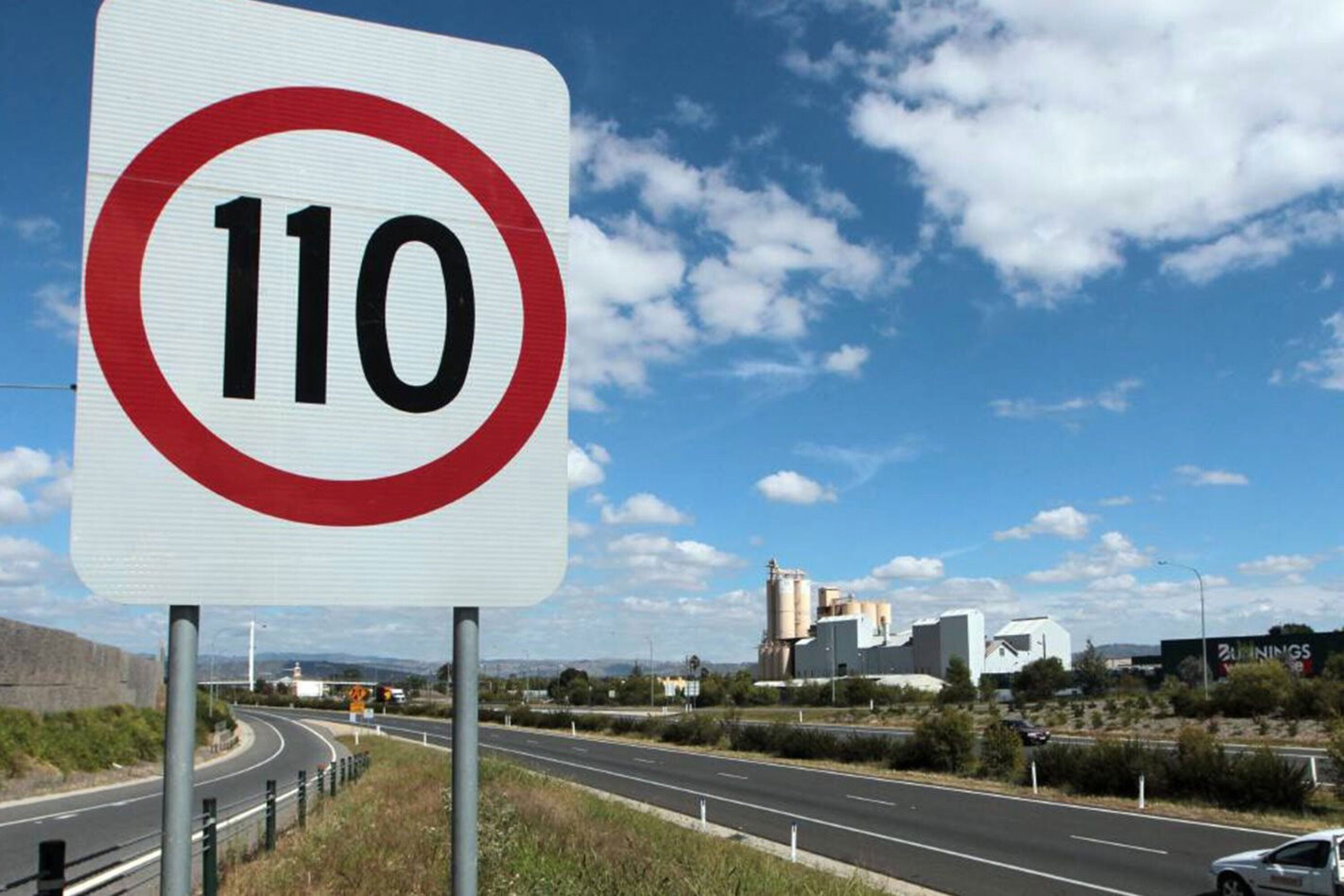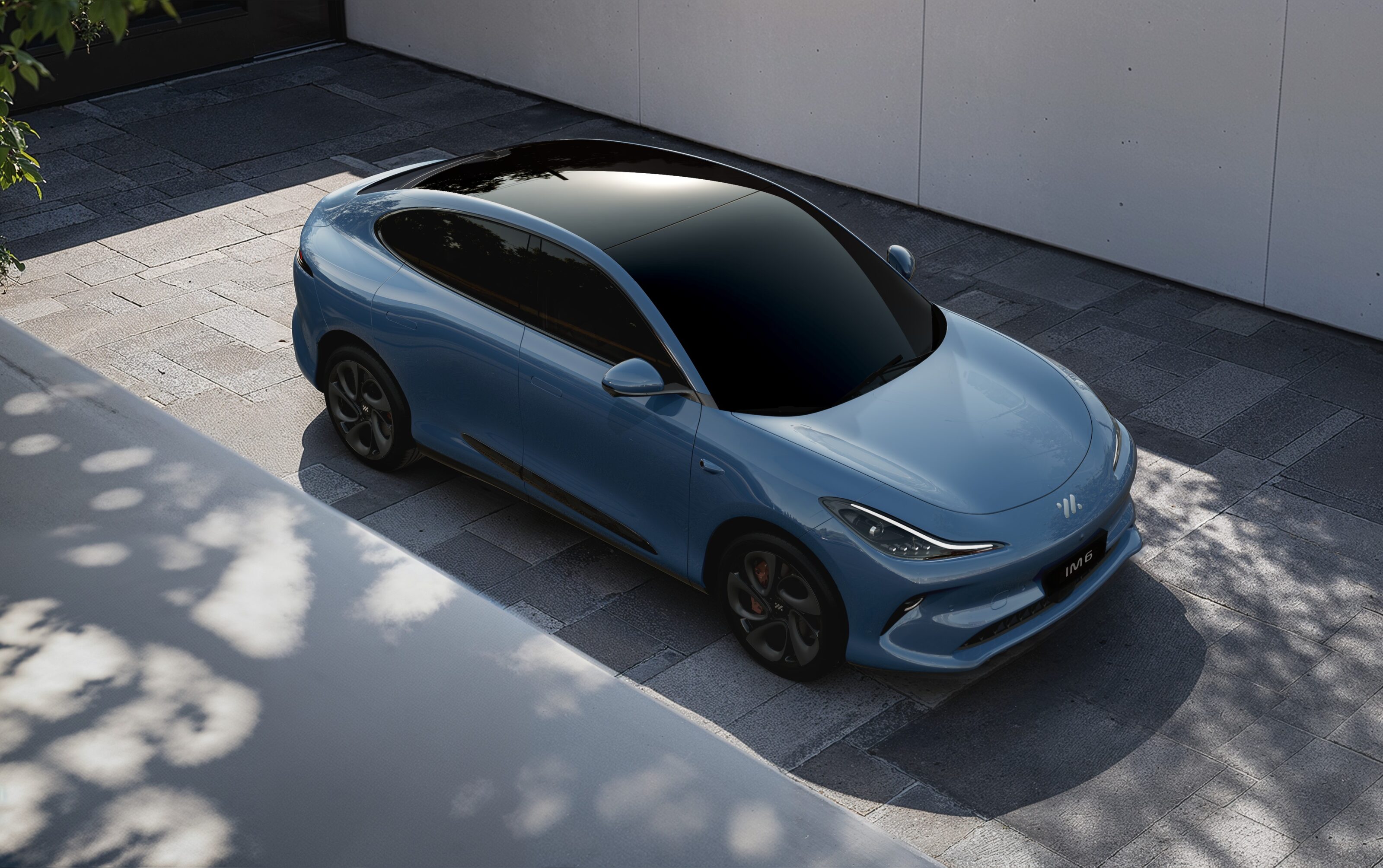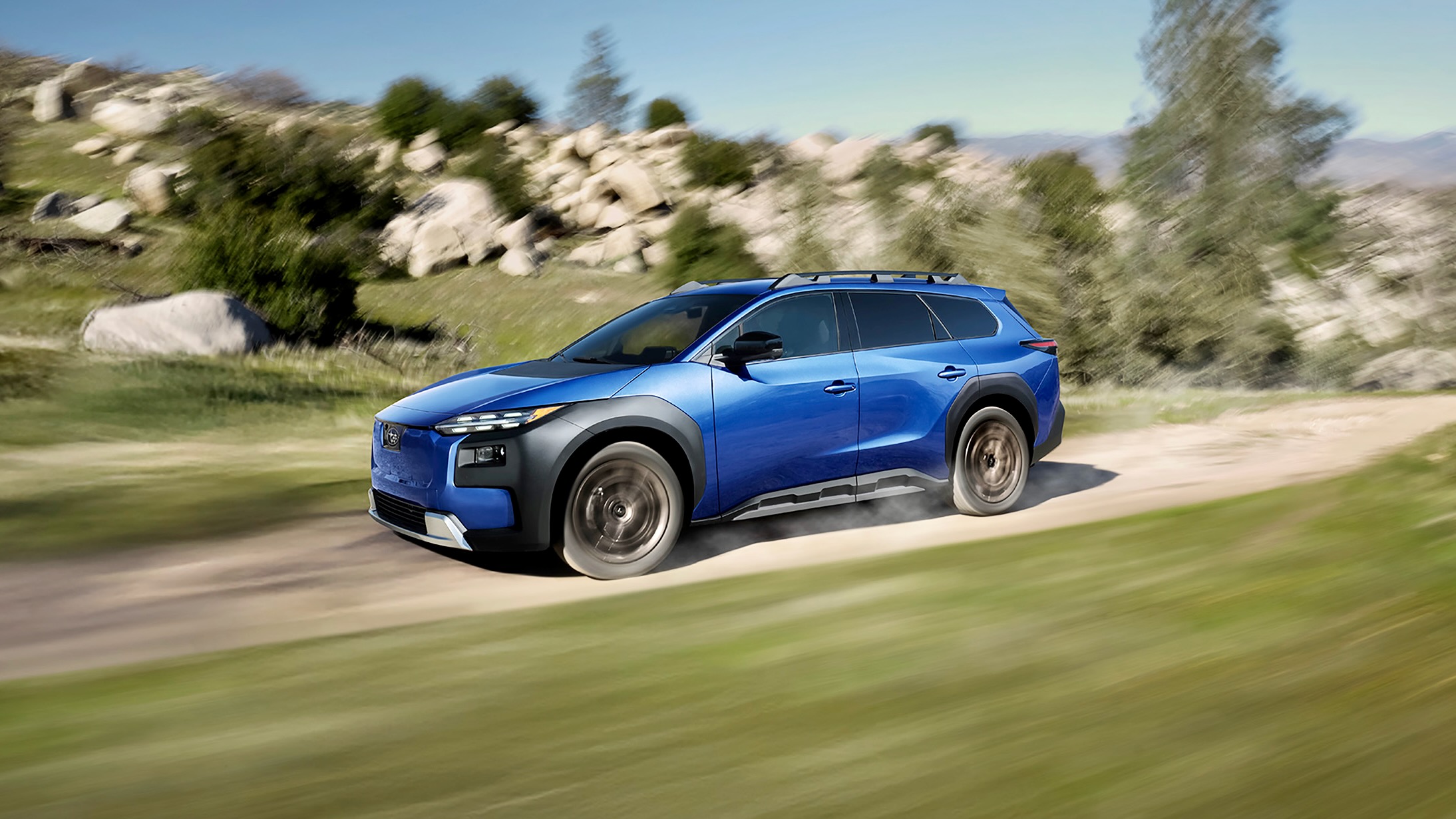
A recent survey has highlighted a troubling trend on Australian roads, with one in six drivers confessing to engaging in at least one dangerous driving behavior.
The study, by insurance comparison site iSelect, sheds light on the prevalence of risky driving habits across the nation.
Topping the list of dangerous driving habits is speeding, with a staggering 41.2 per cent of drivers admitting to this offence. This is closely followed by driving while extremely tired or drowsy, with nearly one in five drivers (19.4 per cent) acknowledging this risky behavior.
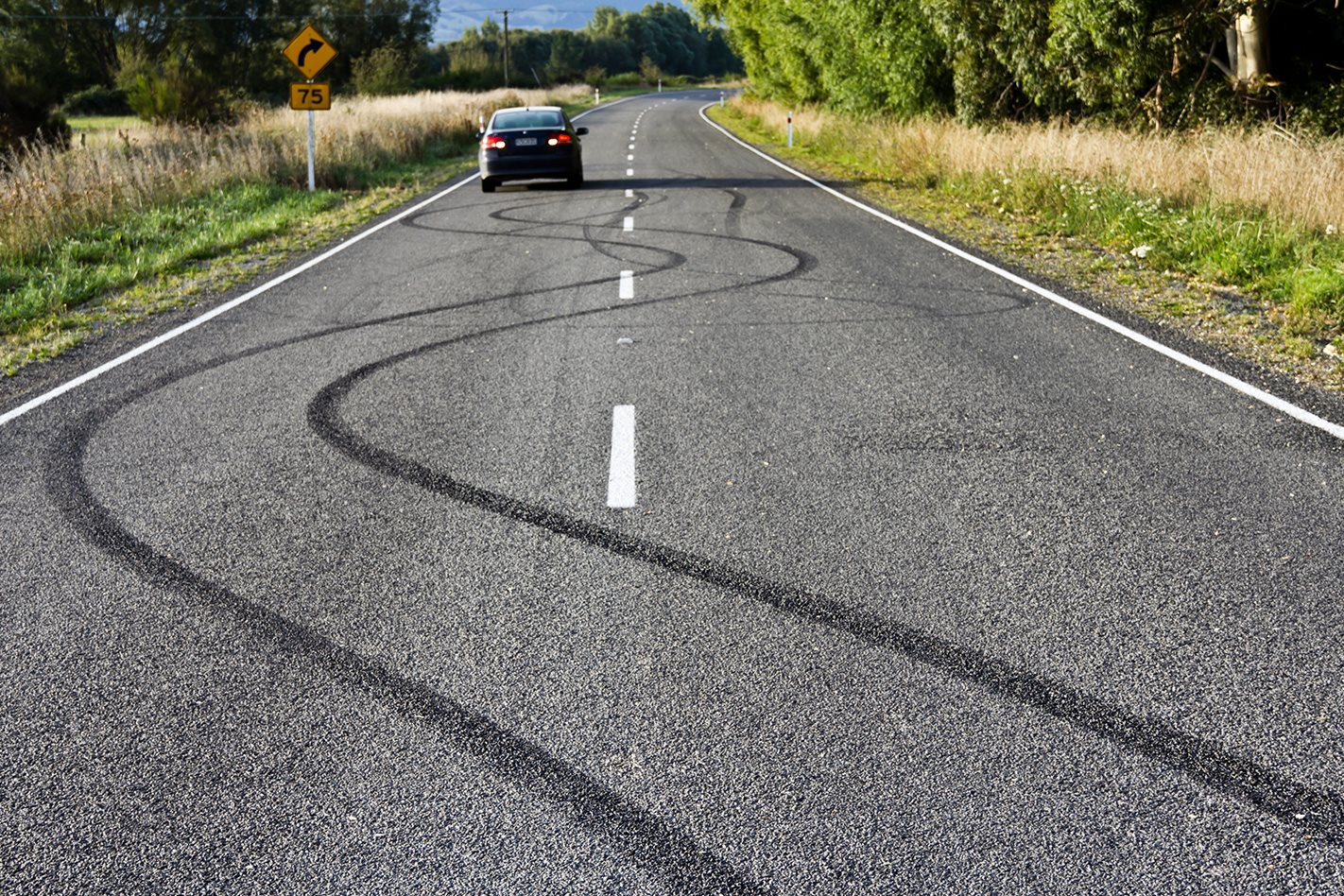
The use of mobile phones while driving is also a significant issue, with 15.4 per cent of drivers admitting to taking calls without a hands-free setup and 13.7 per cent confessing to messaging or emailing. Another 7.7 per cent of respondents have used social media and 7.1 per cent have taken photos or videos of things outside the vehicle, all while driving.
These distractions are among the top eight dangerous behaviors reported, emphasizing the importance of the current focus on fatigue and phone use in recent road safety campaigns. As police forces intensify their efforts to combat these issues, it is clear that these actions are not merely reactive but are informed by the self-reported habits of the driving population.
When analysed by gender, the survey revealed that the difference between men and women in terms of risky driving is minimal, with 61.5 per cent of women and 60.1 per cent of men admitting to some form of dangerous behavior.
Speeding was the most commonly admitted offense for both sexes, although women were more likely to be distracted by passengers, with 17% saying they had been distracted by them, compared to just 9% of men. This discrepancy may be linked to the greater number of women who are primarily responsible for driving children.

Generational differences also emerged, with Gen Z (18-24 year olds) the most likely to engage in dangerous activities (73.2 per cent), followed by 25-34 year olds (70.9 per cent). In contrast, only 48.9 per cent of drivers aged 65 and over admitted to such behaviors.
Speeding remained the most common offense across all age groups, with the highest rate reported among 55-64 year olds (42.3 per cent). Notably, younger drivers were significantly more prone to driving while distracted by technology, such as scrolling through social media, taking selfies, or watching videos, compared to their older counterparts.
The study also found that the Australian Capital Territory had the highest proportion of drivers admitting to risky behavior (69.1 per cent), followed by Queensland (65.3 per cent) and Victoria (62.3 per cent). In contrast, Tasmania reported the lowest rate at 53.7 per cent.
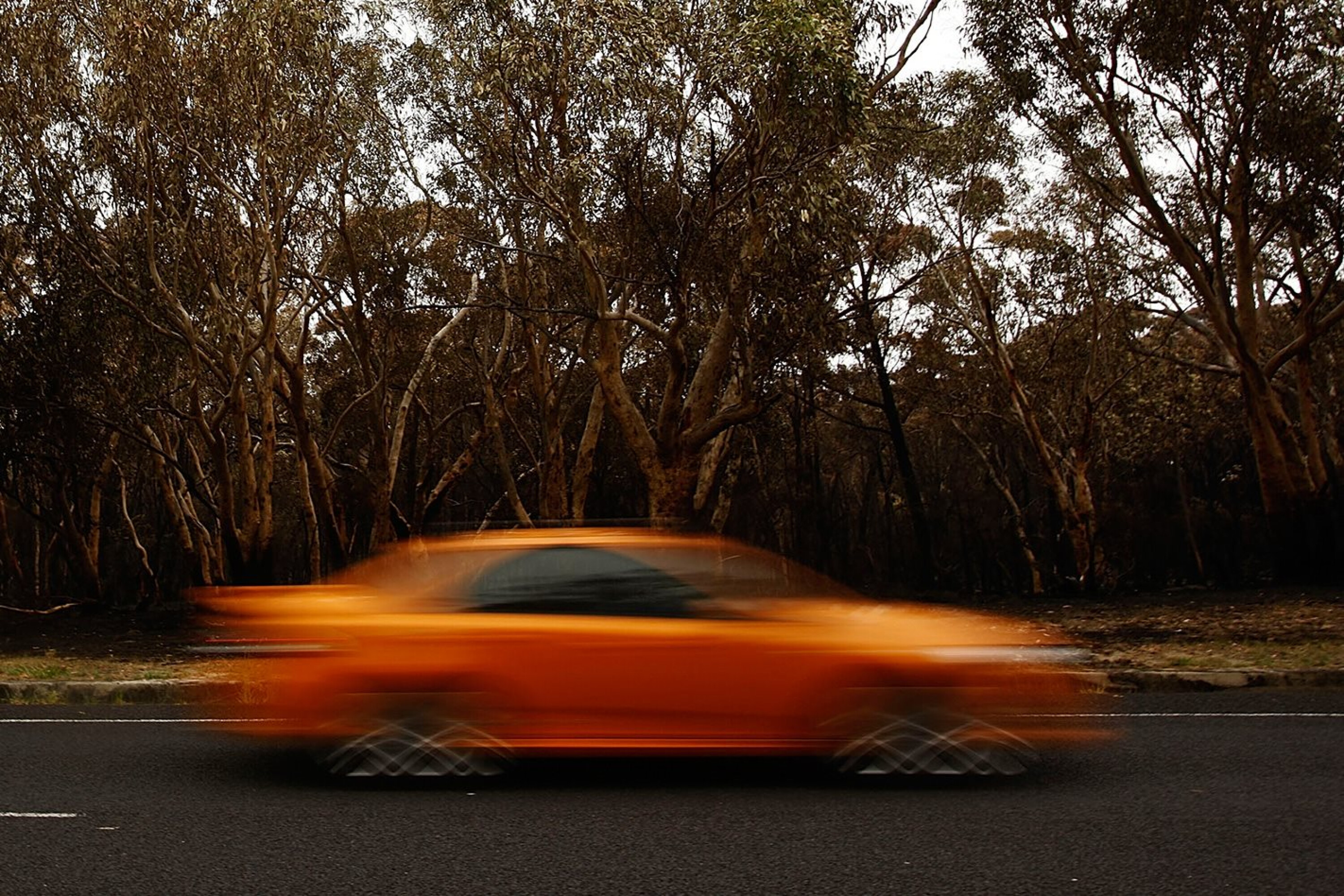
The survey even drilled down into which make of car the most dangerous drivers owned, with Audi drivers topping the list for risky driving, 82.5 per cent admitting to at least one dangerous habit. Volkswagen followed at 70 per cent, while MG (50.9 per cent) and Honda (53.9 per cent) drivers were the least likely to take risks behind the wheel.
The survey serves as a wake-up call to all drivers to reflect on their habits and consider the potential consequences of their actions. As technology advances and our lives become increasingly intertwined with our vehicles, it is crucial that all drivers are aware of the risks and take the necessary steps to mitigate them.

